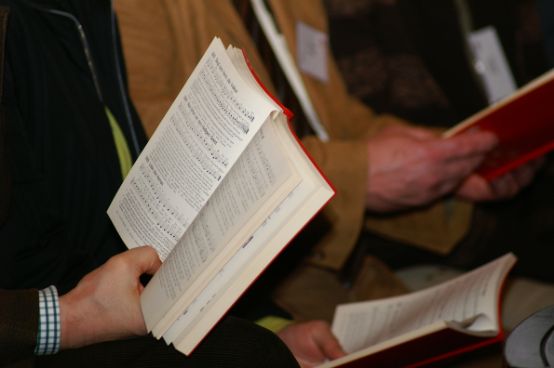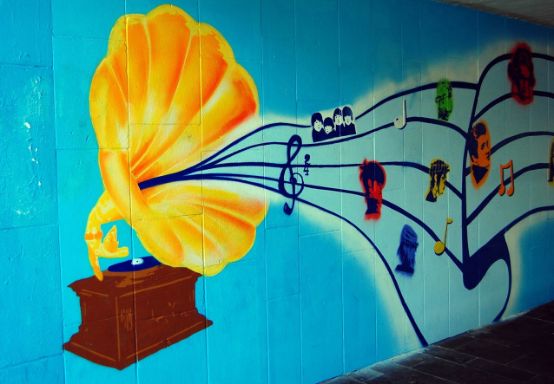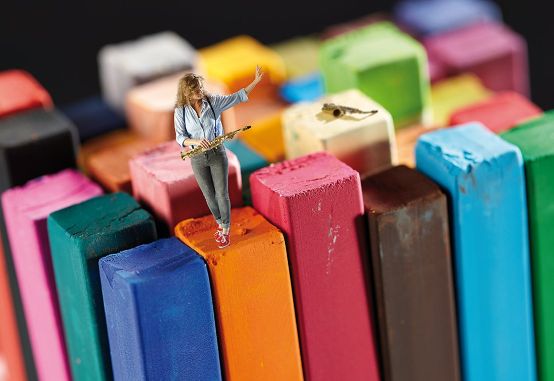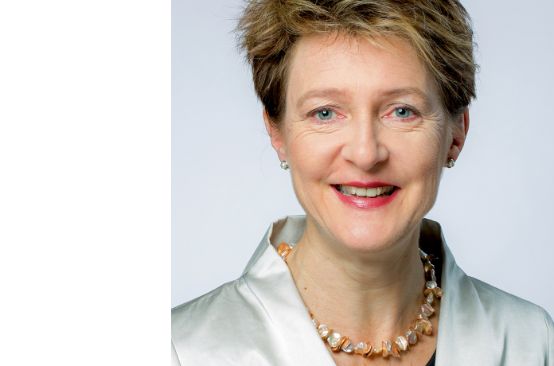There are sounds that we cannot listenbut feel. It is said that the old organ builders already knew this and therefore constructed a 64-foot pipe, a so-called humble pipe. Its fundamental tone, the subcontra-C of around 8Hz, lies in the infrasound range - in a frequency range that we perceive physically, if at all - and should inspire proper reverence in pious churchgoers. Infrasound can cause discomfort in the listener because the body can feel the waves but cannot localize them properly. However, you can hear such a whistle because the various overtones resonate in it. Only the fundamental tone is inaudible and somewhat spooky in its effect. Only two organs in the world have a fully developed 64-foot stop (i.e. reaching down to C). But they are no longer used as humble pipes to instill humility in the listener. It is uncertain whether this provoked discomfort in the church service could even evoke the hoped-for portion of devotion.
What is certain, however, is that the frequency range we can hear is limited. All the beeping, hissing, grumbling and rattling that reaches our ears during a train journey, for example, takes place between the frequencies of 20 Hz and 20 kHz. The human ear has specialized in this range and, logically, so has music. However, there are still a few exotic artists who deliberately play with these off-key frequencies. In this inaudible world, there is infrasound and ultrasound. Sound waves with an oscillation frequency below 20 Hz are infrasound, while sound waves with an oscillation frequency higher than 20 kHz are ultrasound waves. Humans can make use of both, but cannot hear them directly. So if you think you can't hear anything, infrasound and ultrasound waves are buzzing around you unnoticed. Animals use these other frequency ranges to communicate. Bats hear vibrations from 15 kHz to 200 kHz, i.e. largely in the ultrasonic range. Elephants hear low frequencies. So they might find musical pleasure in individual tones of the 64-foot register - if they ever found their way into a church equipped with it.
Performance artist Laurie Anderson has chosen a less exotic musical target group: Dogs. In 2010, she performed her Music for dogs in front of the Sydney Opera House for the first time. Numerous dog owners brought their favorite pets to the event. There is a short clip on youtube in which the dogs look expectantly into the camera. It is impossible to say how the four-legged friends perceived this musical declaration of love, but they certainly made an amused impression. The owners also had fun with the conceptual dog humbug; Anderson's music - rhythmic, electronic, with lots of sweep sounds - is not completely out of the human hearing range, after all, master and dog inevitably share some frequencies.
However, the play with the inaudible also exists in pieces of music without animal references: Eduardo Moguillansky's piece construction to the human hearing limit. This decreases with age, so that young people can still perceive high frequencies around 20 kHz, but older people cannot. In Eduardo Moguillansky's work, the electronic feed divides the audience into non-listeners and listeners. Frequencies around 17 kHz sound from the tape; a young person should still be able to hear the sounds. For Moguillansky, this division of the audience is based on a specific year: 1982, the year in which the dictatorship in Argentina came to an end. Anyone born before 1982, who could have lived through the dictatorship, would no longer be able to hear the sounds. These strangely high frequencies carry a delicate political dimension in that they project the year of upheaval, 1982, onto the music through physiology. However, this audibility limit applies so sharply, if at all, only in an idealistic sense; because hearing ability varies from person to person, and because everyone ages, the annual limit that divides listeners also shifts over time. However, the electronically played high-frequency sounds are only a passive component of construction. Moguillansky has also dealt with the Argentine dictatorship in tones audible to all, more precisely with the senseless but system-preserving work processes of this state apparatus, the so-called "proceso de reorganización national". Four musicians interpret bauauf; they rarely play on their traditional instruments, but mostly with small wooden objects on wooden boxes. Sitting like well-behaved bureaucrats, they carry out their instructions, keeping the big machinery running, but are unable to recognize the goal behind the individual actions. An absurd stamping station at an office ...
Moguillansky and his politically connoted play with the inaudible is a special case in inaudible music, because there is a subgroup that can hear the sound. Although, of course, inaudible music is a special case in itself - how can it be performed if, due to its inaudibility, it is performed involuntarily like Cage's 4'33" sounds? The sound artist Jana Winderen and the composer Wolfgang Loos, alias KooKoon, have each chosen their own approach to the inaudible frequencies that solves this dilemma: they make them audible. Infrasound has to be played faster so that the sound waves are shifted into the audible range, while ultrasound has to be slowed down. And suddenly you can hear how ants chat, how elephants communicate, even what an earthquake sounds like. Making the inaudible audible has an eco-social dimension. Animals communicate in what is inaudible to us, that is where the world speaks. - But transforming the inaudible into audible music is not so easy. KooKoon, together with Frank Scherbaum, Professor of Geophysics, has subjected the low-frequency seismic waves to a formant analysis and used the results to create a five-movement seismosonic symphony music that consists solely of the transformed seismic waves. While KooKoon's music does indeed rumble and breathe heavily - as you would expect from an earthquake - Winderen's sound art takes you on a journey of discovery. out of range takes the listener into the acoustic world of a floor crack. It rustles and gurgles in your ears as if you were listening to Brownian molecular motion.
The transformation of inaudible sound waves into sound waves that we can hear is also reversible, which means that a piece of music such as Beethoven's Fifth can easily be transferred to a higher frequency range. And so there is also music for bats.















